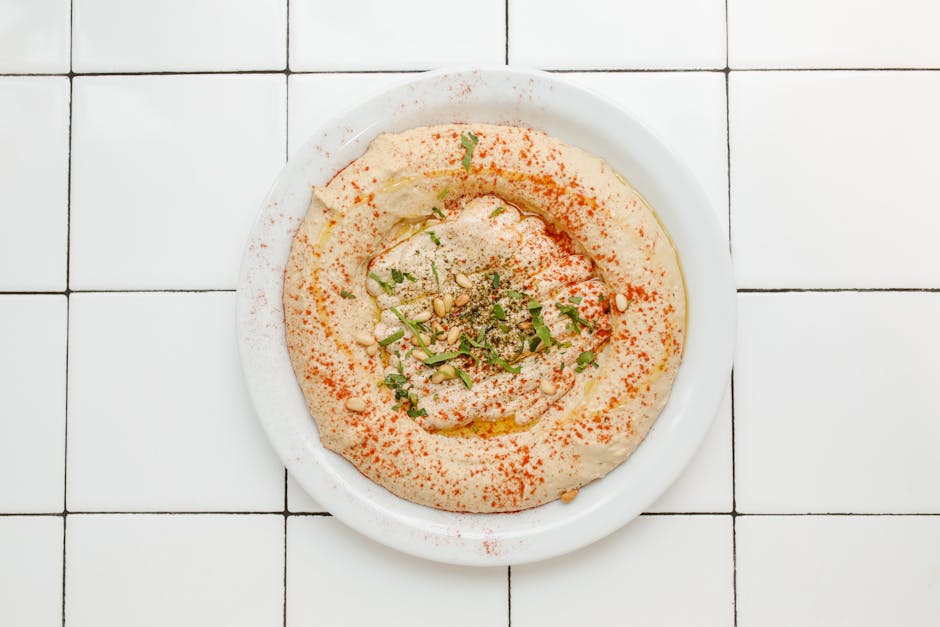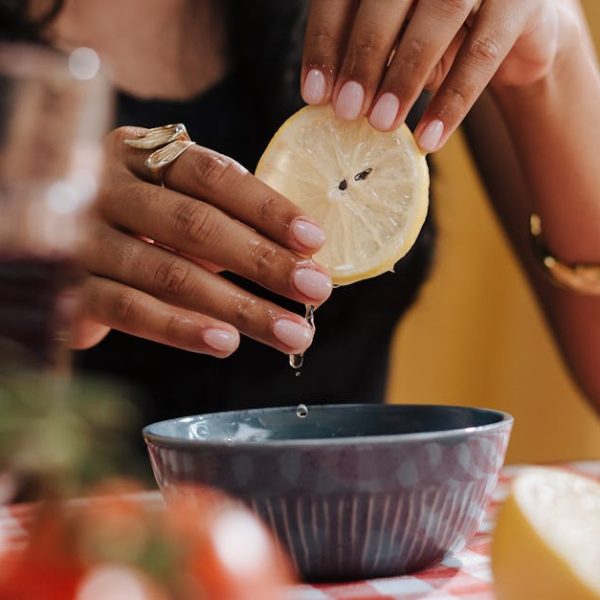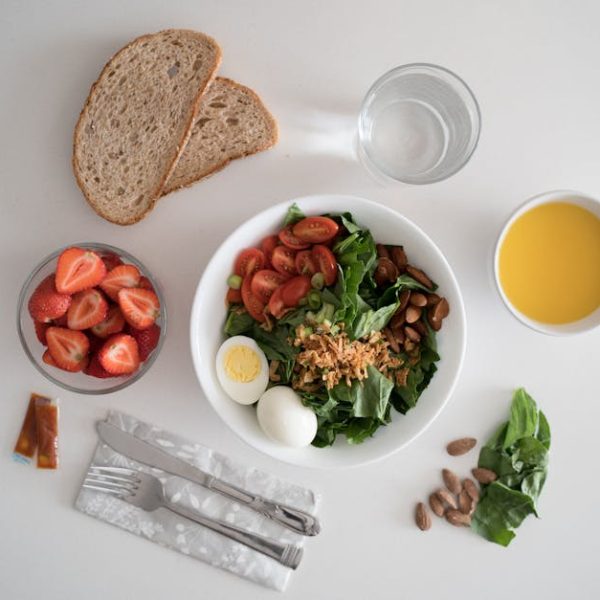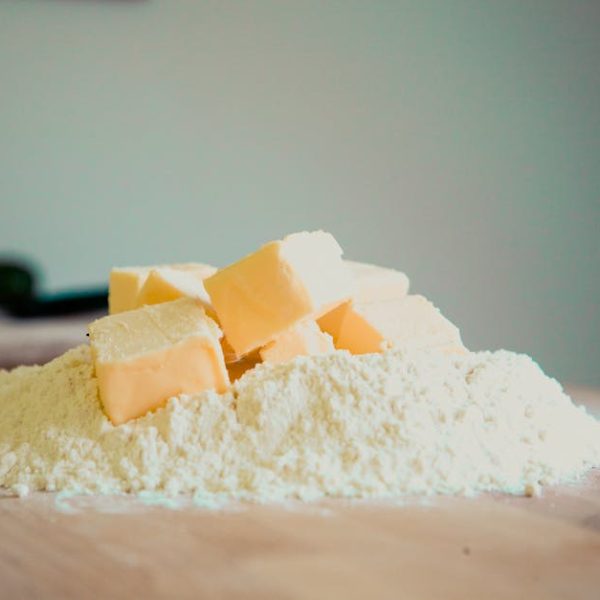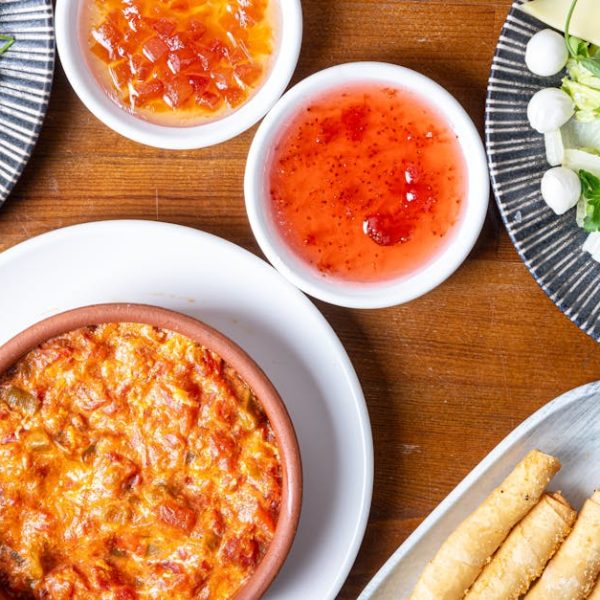Chickpeas, often regarded as the star ingredient in a variety of cuisines globally, have a long history that can be traced back to centuries. Originating in the Middle East about 7,000 years ago, chickpeas quickly gained recognition for their versatility in culinary applications and their impressive nutritional profile.
Packed with proteins, fiber, vitamins, and minerals, chickpeas are known to provide numerous health benefits. They are a dietary staple in some cultures, contributing to a highly nutritious diet. From hummus and falafels of the Middle Eastern cuisines to chana masala in South Asian curries, chickpeas have made their way into the global gastronomy, pleasing palates worldwide.
Some key nutrients found in chickpeas include dietary fiber, proteins, vitamins B and C, manganese, magnesium, iron, and zinc. This nutrient-dense profile makes chickpeas a superfood with diverse health benefits.
Veering our attention to Garbanzo beans, one note of interest is that they share a similar, if not identical history with chickpeas. Originating from the Middle East as well, garbanzo beans too, boast an impressive nutrition profile that is remarkably similar to that of chickpeas. It’s almost as if the two are…the same?
Garbanzo beans are a prominent part of Mediterranean, Indian, and African cuisines, starring in dishes like Moroccan tagines, Indian ‘chole’, and hummus. Rich in protein, fiber, vitamins, and minerals, garbanzo beans, like chickpeas, offer a host of health benefits that contribute to a balanced, nutritious diet.
This brings us to the pressing question: are chickpeas and garbanzo beans different? Well, not exactly. You see, chickpeas and garbanzo beans are essentially the same thing. The difference lies not in the legume itself, but in the terminology used to refer to it. In many English-speaking countries, they are known as chickpeas, while in Spanish-speaking countries, they are called garbanzo beans. This linguistic distinction has led to the common belief that they are two different things, which is not the case.
To illustrate this further, consider the following similar features of chickpeas and garbanzo beans:
- Both are high in protein and fiber
- Both are rich in essential nutrients like vitamins and minerals
- Both have a similar taste and texture
- Both can be used interchangeably in recipes
Despite the similarity, chickpeas come in two main varieties: the Desi and the Kabuli. The Desi chickpeas are smaller, darker, and have a rough outer shell, while the Kabuli chickpeas are larger, lighter in color, and have a smoother skin. The Desi chickpeas are mostly used in Indian and Middle Eastern cuisines, while the Kabuli chickpeas are common in Mediterranean dishes.
Now that we’ve unraveled the mystery behind chickpeas and garbanzo beans, let’s dive deeper into their health benefits and potential risks.
Health Advantages: Boosting the Power of Your Plate
Both chickpeas and garbanzo beans are nutrient powerhouses offering numerous health benefits:
- Fiber-rich: They aid in digestion and promote gut health.
- Protein-packed: They’re an excellent source of plant-based protein, especially beneficial for vegetarians and vegans.
- Heart-healthy: The high fiber content helps reduce bad cholesterol levels, thereby promoting heart health.
- Regulates blood sugar: The complex carbohydrates are slowly digested, leading to a steady rise in blood sugar levels.
- Boosts immunity: With considerable amounts of zinc and selenium, they contribute to strengthening the immune system.
Pro Tip: To enhance their nutritional value, soak chickpeas or garbanzo beans overnight before cooking them.
Ways to Include Chickpeas and Garbanzo Beans in Your Diet:
- Add your cooked beans in salads, or make a hearty chickpea curry.
- Blend them into a smooth paste for a delicious hummus dip.
- Roast them in the oven for a crispy, healthy snack.
- Add them to your soups and stews for a protein boost.
Health Risks: Potential Downsides and How to Minimize Them
While there is much to celebrate about chickpeas and garbanzo beans, they do carry some potential downsides:
- Bloating and gas: Since they are high in fiber, they can cause bloating and gas, especially when eaten in large amounts.
- Phytic acid content: They contain phytic acid, which can bind to minerals and prevent their absorption.
However, these concerns can often be reduced by proper preparation and eating in moderation.
Pro Tip: Soaking chickpeas and garbanzo beans in water overnight, then rinsing them before cooking can bring down the phytic acid content.
In conclusion, whether you call them chickpeas or garbanzo beans, these legumes are a nutritional boon. Incorporate them into your diet to reap a host of health benefits. Just remember, every good thing in moderation. So go on, make that hearty chickpea soup or that creamy hummus dip and savor the gusto of good health and great taste!
Key Takeaway:
- Chickpeas and garbanzo beans are essentially the same legume, with the difference lying in the terminology used in English-speaking and Spanish-speaking countries.
- Both chickpeas and garbanzo beans are high in protein, fiber, and essential nutrients, and can be used interchangeably in various recipes.
- There are two main varieties of chickpeas: Desi and Kabuli, which differ in size, color, and texture.
- Incorporating these beans into your diet can offer numerous health benefits like improved digestion, reduced cholesterol levels, balanced blood sugar levels, and boosted immunity.
- However, like any food, they should be consumed in moderation to prevent potential downsides such as bloating and gas or inhibition of mineral absorption due to their phytic acid content.
While chickpeas and garbanzo beans may have different names, their nutritional profile and health benefits make them a highly valuable addition to any diet. Let’s debunk the misconception and relish these nutritious legumes!
FAQs
Q: Are there any other names for chickpeas and garbanzo beans?
A: Yes, there are several other names for these legumes worldwide. For instance, in India, chickpeas are often referred to as Bengal gram.
Q: Is there a taste difference between Desi and Kabuli chickpeas?
A: While the taste between the two varieties may not be significantly different, Desi chickpeas are generally considered to have a slightly richer flavor as compared to Kabuli chickpeas.
Q: Can chickpeas and garbanzo beans be used interchangeably in all recipes?
A: Yes, regardless of whether a recipe calls for chickpeas or garbanzo beans, you can use either of them as they are essentially the same legume.
Q: Are the nutritional benefits same for canned and dried chickpeas?
A: While the basic nutritional profile is similar, canned chickpeas often contain added sodium. However, you can reduce the sodium content by rinsing the canned chickpeas before using.
Q: What are some of the top recipes using chickpeas or garbanzo beans?
A: Chickpeas and garbanzo beans can be used in a variety of dishes. Some of the popular ones include falafels, hummus, Moroccan tagine, and Indian chickpea curry.
Share this article to help spread useful information and explore more interesting posts on our website!
